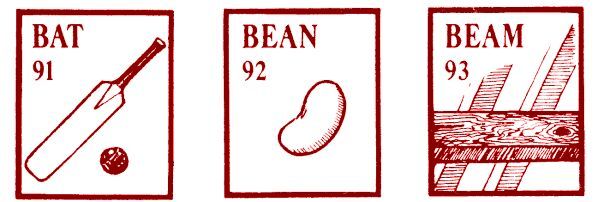On the morning of 11 August 1993, my partner and I took a train and then a bus from Milan, where we lived, to Courmayeur, an alpine town near the French border. We didn’t book any accommodation, but headed with our blankets a little way up Mont Blanc, in search of an open space protected from the lights of the city. It was the night of the Perseids, or ‘tears of Saint Lawrence’, when the Earth traverses a cloud of debris left by the Swift-Tuttle comet. In 1993, the gravitational pull of Jupiter had shifted the cloud along its orbit, causing Earth to travel closer to its centre. It was going to be the greatest spectacle of its kind for the last several thousand years. Like ultra-celestial fireworks in the night sky.
The night was crisp and clear, and the rarefied mountain air made the meteors streaking across the sky for one, two, three seconds each appear uncannily close. We sat gasping as they rained above our heads almost without interruption.
We weren’t there to look at constellations, except insofar as on such nights the first thing you do is locate Perseus, from where the shooting stars appear to radiate. As with most constellations, Perseus comprises stars and clusters – the most famous is Algol, an eclipsing binary star – that are thousands of light years apart from one another and appear in their distinctive shape only from our solar system. Constellations are illusions, a trick of perspective. Yet they are also a vast storehouse of knowledge and myths, such as that of Perseus, the slayer of the Gorgon. Or Orion, the hunter, the constellation I found easiest to recognise when I moved to the South Pacific. Although at these latitudes, the poor fellow is upside down.
I fell in love with Greek myths thanks to my mother, and with their imaginative projection onto the firmament after a childhood visit to Milan’s planetarium, the largest in Italy, donated to the city in 1930 by publisher Ulrico Hoepli. On the convex inner surface of a planetarium dome you can not only simulate the night sky but also fast forward through the hours, the seasons, or the millennia. It was like travelling through history, as well as through astronomy. It also had a peculiar beauty, as did the imposing Zeiss projector used for the demonstrations. (Planetarium, in fact, was originally used to describe this machine, not the building in which it was housed.)
Later, during our summer holidays, it was a star chart under torchlight, then a plastic disc that came with a copy of National Geographic. By aligning the date and hour and pointing in the right cardinal direction, the disc – known as a planisphere – would provide you with a workable, if slightly distorted, picture of the stars above. I got a lot of use out of this. Later still it was star-chart software on my first laptop, except if you looked at the backlit computer screen and then up at the sky, your eyes would take so long to readjust that you could barely remember what you were supposed to be looking at.
Now it’s smartphone apps, with names like Stellarium or SkyView. These do the work of all those old aides – the star chart, the planisphere, the planetarium – with one key difference: you can point them directly to the stars and even, using the camera, look through your phone at an augmented sky. Or point the phone downwards and see stars under your feet: it’s the sky in the opposite hemisphere, or rather its ghostly projection. This feature creates a powerful illusion: as if Earth itself had ceased to exist and you have become a point suspended in the universe.
Within days of using the apps, the map had become the territory, and I found myself looking at the ‘stars’ on cloudy nights or when indoors. This sky mapped in overlapping fashion by science and mythology. This sky that is so incomprehensibly far and yet with so few apparent mysteries left. Look, I can carry it in my pocket. I can find out at any one time where the planets are, or where the Moon will rise.
The sky has always been hyperreal. For the Greeks, it encoded a great number of their myths. For Polynesians, it was the map they read in order to perform prodigious feats of navigation, while Indigenous Australians used the heavens to orient themselves on land, when travelling in the cool of night. All cultures have used the stars to mark the passing of the seasons and to time the performance of important rituals that sustained them both spiritually and materially – such as the gathering and storing of food following the first pre-dawn winter sightings of the Pleiades, known to Indigenous Australians as the Seven Sisters and to Māori as Matariki.
All this has always been true. Yet that unique sense of awe and wonder remains, when you look up from the chart, the app, the book of legends or the astronomical treatise: the feeling that those stars – on which our ancestors practised their storytelling, and which we now know so many things about, like their size and how far away they are and how long they have left to live and the form their death will take – those stars, finally, of which we are all made, are really there.
Originally published at Overland. The Autumn issue is out now.




















